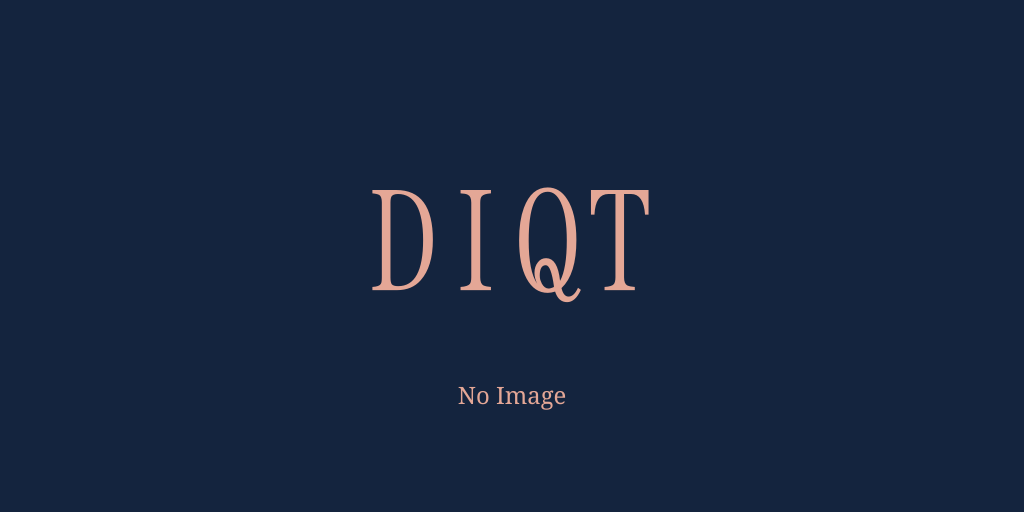The most delicate test for phosphorus is the distillation of the suspected substance, especially flour paste, with a little sulphuric acid and water. […] Where the aqueous vapors from the flask reach the cooling tube, a lumination is constantly observed in the dark, usually a luminous ring. […] If ether, alcohol or turpentine are present, they will prevent the lumination, which commences as soon as they have passed over.
We thought we'd taken a thoroughlane, but it must have been a hook road or a circlepath that with a netherbend led us through slant grass into this mortal vale.
Just knowing that he has heard cryptobabble is enough to bring teams of assassins to Switzerland to silence the November Man, who had sworn off spywork to please Rita Macklin, his live-in lover.
This type of paradox is fundamental to the Buddhist episteme and informs all aspects of Buddhist discourse. There is the tension between a buddha’s transcendence and immanence—his location within both nirvāṇa and saṃsāra, John D. Dunne writes, and Śākyamuni Buddha's involvement in the world as a teacher and his detachment from the world as an awakened being. Buddha has omnilinguality” even as Buddha in se does not speak,Paul J. Griffiths writes, and is not implicated with language. Eckel considers such paradoxes, and specifically the implications of Buddha’s absence, as points of incongruity that challenge the stability of conceptuality itself yet lead to insight, knowledge, and the ability to perceive and respond to the absence.





